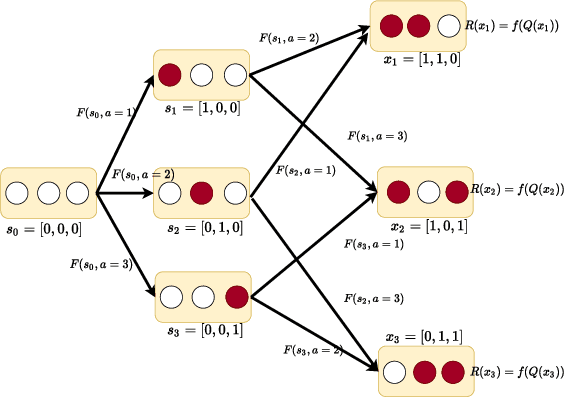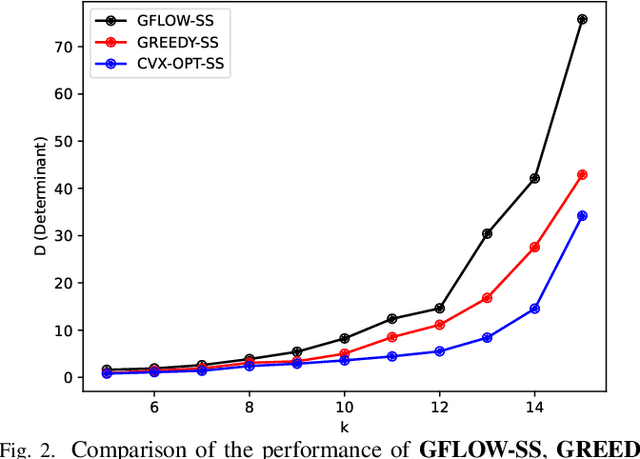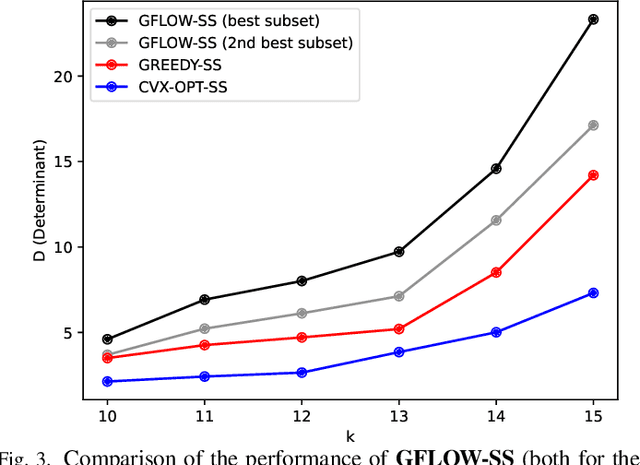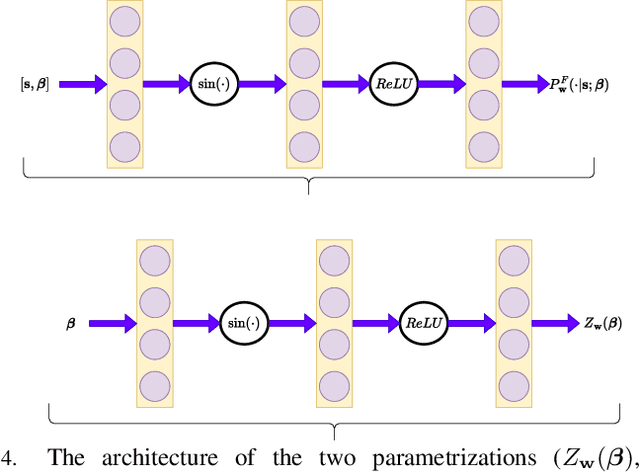Sensor Selection via GFlowNets: A Deep Generative Modeling Framework to Navigate Combinatorial Complexity
Paper and Code
Jul 29, 2024



The performance of sensor arrays in sensing and wireless communications improves with more elements, but this comes at the cost of increased energy consumption and hardware expense. This work addresses the challenge of selecting $k$ sensor elements from a set of $m$ to optimize a generic Quality-of-Service metric. Evaluating all $\binom{m}{k}$ possible sensor subsets is impractical, leading to prior solutions using convex relaxations, greedy algorithms, and supervised learning approaches. The current paper proposes a new framework that employs deep generative modeling, treating sensor selection as a deterministic Markov Decision Process where sensor subsets of size $k$ arise as terminal states. Generative Flow Networks (GFlowNets) are employed to model an action distribution conditioned on the state. Sampling actions from the aforementioned distribution ensures that the probability of arriving at a terminal state is proportional to the performance of the corresponding subset. Applied to a standard sensor selection scenario, the developed approach outperforms popular methods which are based on convex optimization and greedy algorithms. Finally, a multiobjective formulation of the proposed approach is adopted and applied on the sparse antenna array design for Integrated Sensing and Communication (ISAC) systems. The multiobjective variation is shown to perform well in managing the trade-off between radar and communication performance.
 Add to Chrome
Add to Chrome Add to Firefox
Add to Firefox Add to Edge
Add to Edge